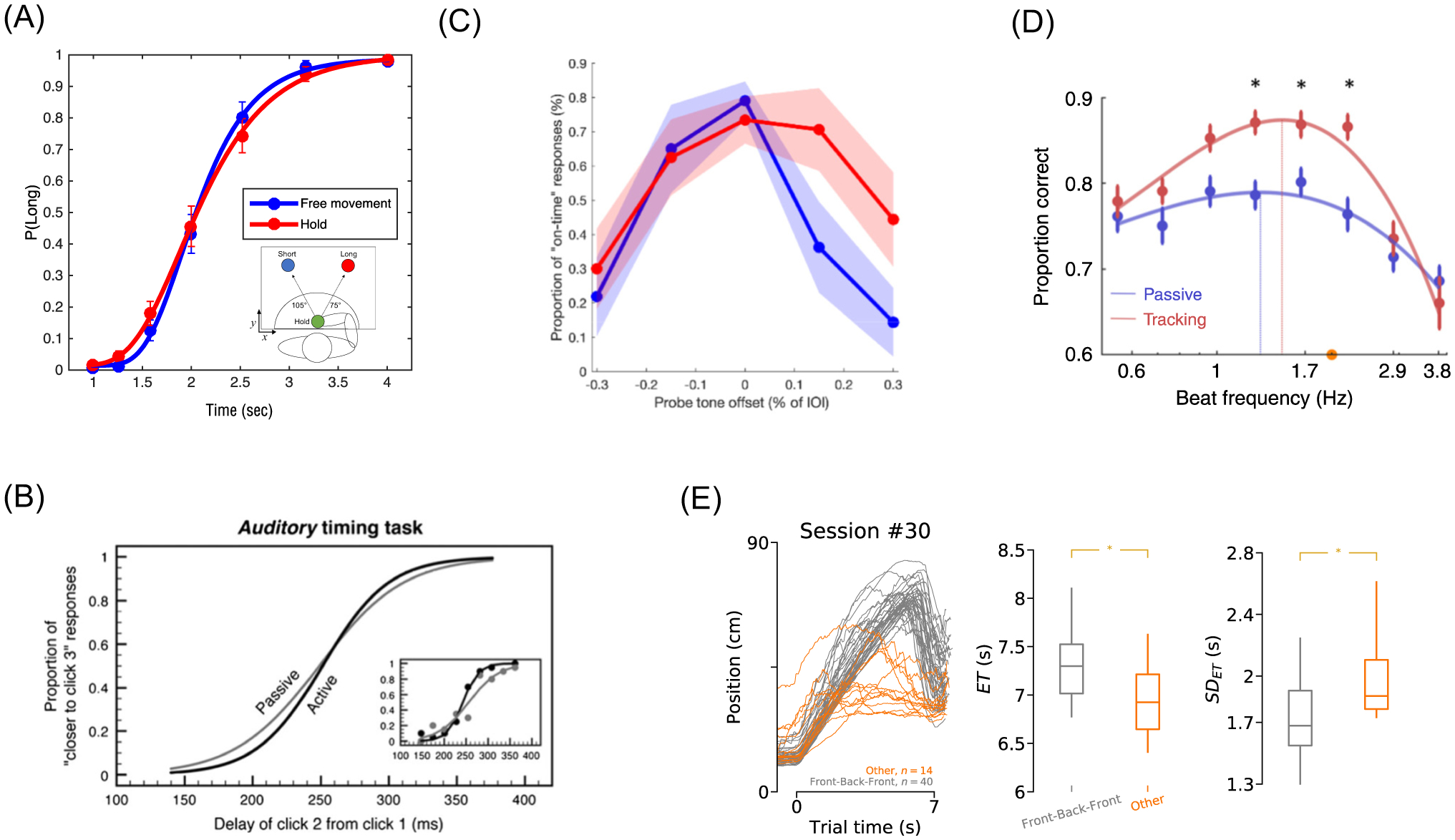Figure 3. Concurrent movements enhance timing.

(A) When freely allowed to move a robotic arm while categorizing auditory time intervals, the perception of those intervals is more precise (lower coefficient of variation) than when the arm is held in place during listening. (B) When discriminating auditory intervals, perception is more precise when interval onset is initiated by the subject than when it is presented at a fixed onset. (C) When tapping along with an auditory beat (blue trace), subjects are more precise at detecting deviant tone intervals of different durations. (D) Action improvements in beat perception additionally show greater accuracy and reduced variability at a preferred tempo of 1.5Hz. (E) In rats, when trained to walk along a moving treadmill to a target at fixed time (7s), rats that develop a stereotyped movement pattern (gray traces) exhibit improved accuracy and greater precision of the entry time (ET). Asterisks refer to significant effects at P < 0.05, from the original sources. Data from (A): [57]; (B) [56] (C) [64]; (D) [67]; and (E) [59], with permission.
